As Toronto begins the process or re-opening the economy for the summer, Spacing will occasionally look at businesses and venues that have either survived or been lost during the pandemic.
There is a curious relic in the Annex. A squat building that — when we’re not in a pandemic — hosts music and theatre and other live events. It’s a clubhouse whose origin story is now so faint that one fellow flaneur said: “I heard once it was founded by expats from Down Under, but I’m not sure if it’s true. Its Legion vibe is certainly in evidence.”
Well, that story is very true.
Indeed, it’s not often one finds a mosaic in a foyer with a leaping kangaroo and a curious kiwi. The club’s crest exhibits the same duo and a Canadian maple, with the words “SINCE 1931” printed beneath.
That was the year a few Australians and New Zealanders met in the offices of the New Zealand Trade Commission on Bay Street. “Fundamentally, as with other ANZA clubs around the world, it was similar to a Legion for those who had served in the ANZA expedition in the First World War and had moved to other parts of the Empire/Commonwealth,“ says Michael Booth, a member of the Tranzac board of directors, in an email.
The club bounced around till moving to its permanent location at 292 Brunswick Ave., a building just south of Bloor that had previously been a commercial dry cleaners. ”It became a registered [not-for-profit] on August 9, 1965,” writes Booth. “I believe the building was purchased in 1971 but they may have been resident in it prior, since ’67 or ‘68.”
He continues: “The club was headquarters for a lot of antipodean sports groups and particularly the city’s rugby league, which was based on various ‘communities.’ There was an English team (The Saracens), an Irish, Scottish, Welsh, and of course Kiwi and Aussie. Folk and roots music had been happening at the club since the ’70s….”
There were even, as legend has it, Maori dancers.
It was a trip for music aficionados and college kids to hang with expat Kiwis and Aussies, throw back a “couple of tinnies” in the Southern Cross Lounge — Foster’s from Australia, say, or Steinlager from New Zealand. “It was always drinking fun,” says one local.
If you didn’t have two dollar bills to rub together, the Tranzac had the cheapest beer around — and the cheapest music. Indeed, some part of its reputation thrives on its free music nights. (There are paid events, obviously, too.) When the storied British folk trio Waterson-Carthy played there one dreary November evening in the late 1990s, recalls booking manager Sarah Greene, “I was at U of T and didn’t know I was allowed to go to TRANZAC. I didn’t realize you could walk in, until sometime in the early- or mid-2000s.”
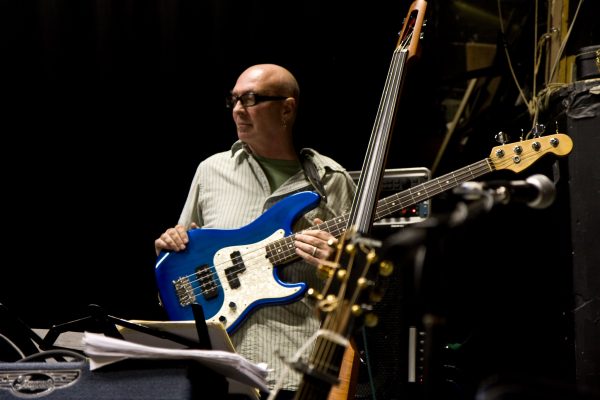
The room was – and maybe still is — the colour of Jameson’s Whisky, with a bar at the back, where the artists gather pre-show. The ‘stage’ is by the front window, and there’s been an old upright piano there for years. The audience sits at a troupe of lightly battered tables and chairs, which are constantly on the move, like icebergs, depending on the ebb and flow of patrons.
The aesthetics don’t diminish the quality of the sound. According to clarinetist Julia Hambleton, Tranzac’s Southern Cross space is “one of the best-sounding rooms.” Hambleton plays there frequently, often with her duo Sweet Pea, but also with other folkie or jazz iterations.
But, she adds, “if something heavy-duty is happening in the back room, the sound bleeds, (but they’ve been working on that). So if there was a wrestling type thing happening, and you had a delicate singer songwriter thing, you might have some complications.” They have, in fact, had wrestlers at the Tranzac. Indeed, pro wrestlers — both women and men, including “Canadian Crazyhorse” Michael Elgin – fought it out on the Main Hall stage in 2012.
The mix of theatre and music is a lovely woollen tangle. The Fringe Theatre staged plays there for many years. Caravan, the international festival, was a mighty tenant, while it ran. “Caravan was a huge money maker for them well into the ‘80s and early ‘90s,” says Booth. “The Fringe also became a major contributor to their budget right through to their departure in 2009 — which left a $40,000-plus hole in the budget.” The NAGS Players, which started from a rugby club, has been staging performances for four decades.
Who didn’t connect to Tranzac at one point or the other? “Mariposa used to run its sound workshops there in the late ‘80s, especially after that IRA-affiliated Irish club down on Portland closed!” Booth writes, with glee.
The three-day Winterfolk, one of the key blues and roots annual events, featured a barefoot multi-instrumentalist, an Afro-Scotian singer-songwriter, a Harmony Hoedown, and — the big draw — award-winning Jack de Keyzer, running a three-hour history of blues guitar session in February 2020. That was one of the last events before the club closed for the pandemic.
The tenants upstairs in the two-storey building are The Toronto Zine Library, the Girls Rock Club and Bob Wiseman’s recording studio. On the main, next door to Southern Cross, is the much smaller Tiki Room. Then squeeze down the narrow hall straight to the back, which opens up to the large room called The Main Hall. It too has a stage, and a bar at one side that have borne witness to a funky spectrum of events.
The science podcast Story Collider once drew in maybe 50 people to watch a range of characters, from an astronomer to a math nerd, one night when I visited. A millennial wedding drew a happy crowd of 150 or so, complete with requisite food trucks. I attended a wild birthday party, and then the staid annual Christmas craft fair (no cocaine in bathrooms that time). The beauty of that room was you could rent it – back in the day – for about $50 a night. “The rental fees for the Main Hall [pre-pandemic] varied by day of week. I’m actually not sure what the rent will be yet,” says Greene of the reopening post-pan.
What is Tranzac like from the stage? Nicholas Hune-Brown, now editor of The Local, played keyboards there with Hooded Fang: “I vaguely remember playing two new year’s shows there, one when we were just starting and one when we were the headliners, and thinking: perfect, there’s nowhere I’d rather be new year’s anyway, now all our friends can come. I think we were on stage during the countdown, which is too much responsibility. No one had a watch, I think we bungled the countdown, but then we just played a bunch of David Bowie covers and enjoyed ourselves. Playing there always felt like playing Toronto’s living room.”
“That is a pretty comfortable, bohemian-looking room. Lots of dark corners to hide in,” adds Hambleton. Or, as one local blogger described it, it has “all the charm of a basement rec room.” Nevertheless, habitues describe the space with great affection. “We saw the Against The Grain’s La Boheme there,” says Janice Lindsay, of Pink Colour + Design, in an email. “The small venue made it intensely exciting. For the Paris street, which features a flirty courtesan, Musetta, the audience turned in their seats to see a raunchy encounter ON the bar! And when Mimi sings her final aria, as she dies in his arms four feet away, it was almost too much to bear, in the best possible way.”
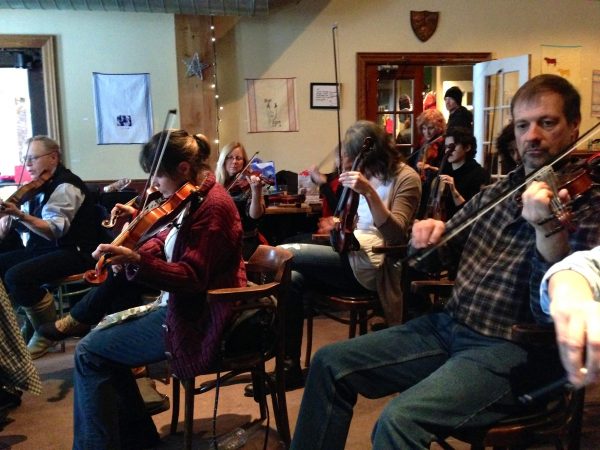
To me, the true draw, the action, is the music, because Tranzac has such a comfortable, drop-in kind of style. Where the Masonic Temple (once the Rock Pile) hosted bands you could lose your mind to, and the Colonial witnessed great jazz, the Tranzac was where the folkies clustered, like elves in a quiet cave. “For a long time, it was a real stronghold for folk, the classic form,” says Hambleton. The Flying Cloud Folk Club, and the Irish Ceilidh group Fiddler’s Green, are residents and/or board members. Hambleton first played there with the Woodchoppers Association (the name says everything).
Nicholas Jennings, music journalist and author of Lightfoot, started going sometime in the mid or late ‘80. “I associate the Tranzac with great nights of indie music,” he says. “I can’t think of another place in Toronto that has that same vibe, that is devoted to showcasing independent music and they’ve been doing it forever,” he says. “It’s sort of the DIY capital of Toronto. It’s got a little bit of everything.”
The venue has hosted every genre from avant-garde and improvised jazz, to old-time Appalachian mountain music, electronica, singer-songwriters, plus a weekly open mic. The beauty of the setup is that it’s A) Pass the hat; and B) Please buy beer. Both the Tranzac and the musicians get a cut.
Hambleton recalls a performer named D. Alex Meeks, whose band was called something like The Quietest Big Band in the Known World. Originally from South Carolina, Meeks came to Toronto to study improvisational music at York University, and has since moved back to Kentucky. He is a true Tranzac character. In addition to playing with bands like Hooded Fang, The Titillators and many other bands with wacky names, he would pull together roughly a dozen musicians, who would play very, very quietly, improvising. Almost inaudible.
“We would get people in the audience to sit very close to the band,” he told me. “There were a lot of reed players… We even had a sousaphone.” There was also a made-up character, allegedly the band’s founder, named Abraham Dust, who would send notes to the band before they played. Dust was a “beekeeper.” Why? “You look at bees,” Meeks says, “they are busy, but very, very quiet.
Other great acts began their careers at the Tranzac, like Owen Pallett, of Final Fantasy. The ethereal guitarist Christine Bougie, for instance, started playing the entire Beach Boys Pet Sounds here, fully instrumental, with a happy backup crew playing lap-steel, Wurlitzer, clarinet and cello. The last time Bougie could still fit an audience in the Southern Cross, the room was packed to the gills, adults, hippies, kids, standing where they could, in the foyer, sitting on the floor. After that the Pet Sounds gig got too big for the venue.
Do true Tranzacians still have a presence at the Tranzac? “For a long time there was a glass case that had a boomerang in it, and a mask,” says Hambleton. “There were a few things that were gathering dust: a photo of Nick Fraser, a drummer. playing clarinet, in shorts. Random collection of stuff.” Most notably, there was a black and white picture of ANZAC soldiers who died in World War I, at Gallipoli.
“If you were a bartender, occasionally someone would come in on ANZAC Day [April 25], honouring the vets,” she says. “They would wander in and ask what we were doing for it… ‘NOTHING, actually.’ There was, sometimes, a bit of a celebration to commemorate the day. “But an Australian, maybe one or two, would show up to drink… They might have had no connection to the place before.”
But, as Sarah Greene notes, “That display case was actually removed a while ago, as part of our soundproofing renovation. We still have a number of Australian things, I believe they are upstairs; figuring out what would be appropriate to do with them is on the agenda.”
“The last Aussie events to happen were early in my time as President [around 2005, or so], says Booth.” We did an ANZA Day reception with the Turkish, Aussie and NZ consulates, and we did a Queensland flood relief concert in 2012, I believe.”
As the essential Tranzac Club prepares to reopen once the lockdown fully ends, it is fun to think of all the wonderful madcap culture that found a home in a place built by rugby fans from Down Under. That crew may be gone, but their spirit lingers. Indeed, while the Kiwis and Aussies drifted to the burbs, as board member and longtime soundman Colin Puffer says in an email, “they have never formally left the building. They are waiting for the Vegemite sandwiches to be delivered to the dressing room.”
top photo by Roger Cullman / middle photo by Andrew Rivett (cc) / fiddlers photo by Trish Thornton (cc)
Susan Grimbly is a longtime editor and sometime writer who feels great affection for The Tranzac and its place in Toronto community. Follow her on Twitter at @sgrimbly.

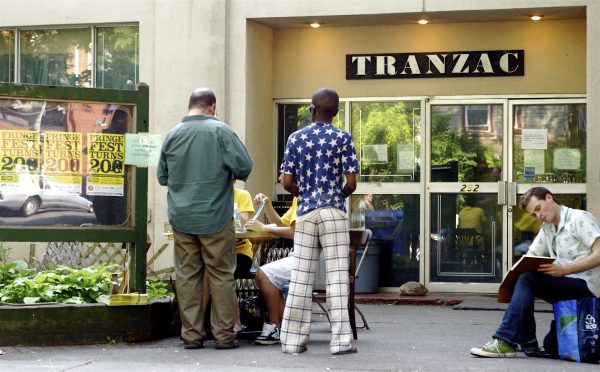

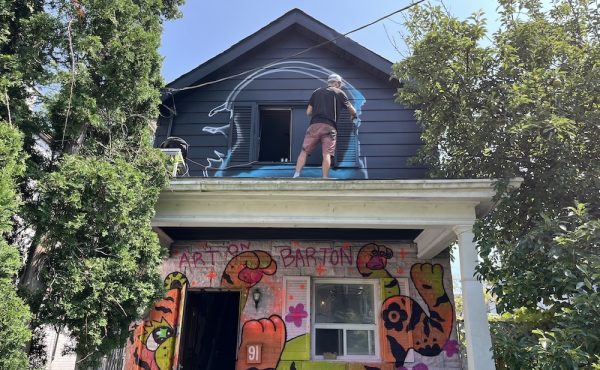
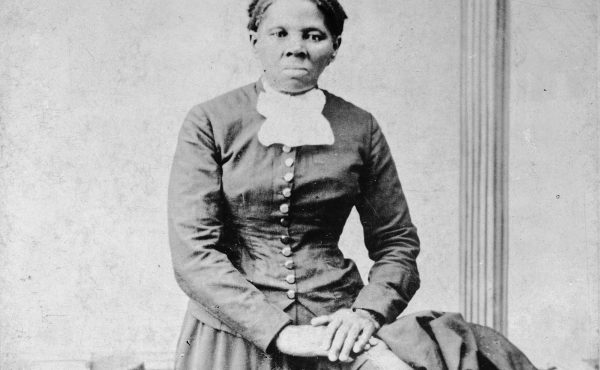
2 comments
I performed ‘And the Band Played Waltzing Mathilda’ at an Anzac Day event in the Tranzac back room, and I’m pretty I was joined at the last minute by Julia Hambleton and Christine Bougie, both cited in your article. Appalled to think that it was as long ago as 2005 though. Bob Wiseman did ‘Australia’ by the Kinks at that same event. Maybe he remembers the year…
Tam Kearney, the founder of the Friends of Fiddler’s Green, was responsible for the artistic widening of the Club from its ANZAC roots.